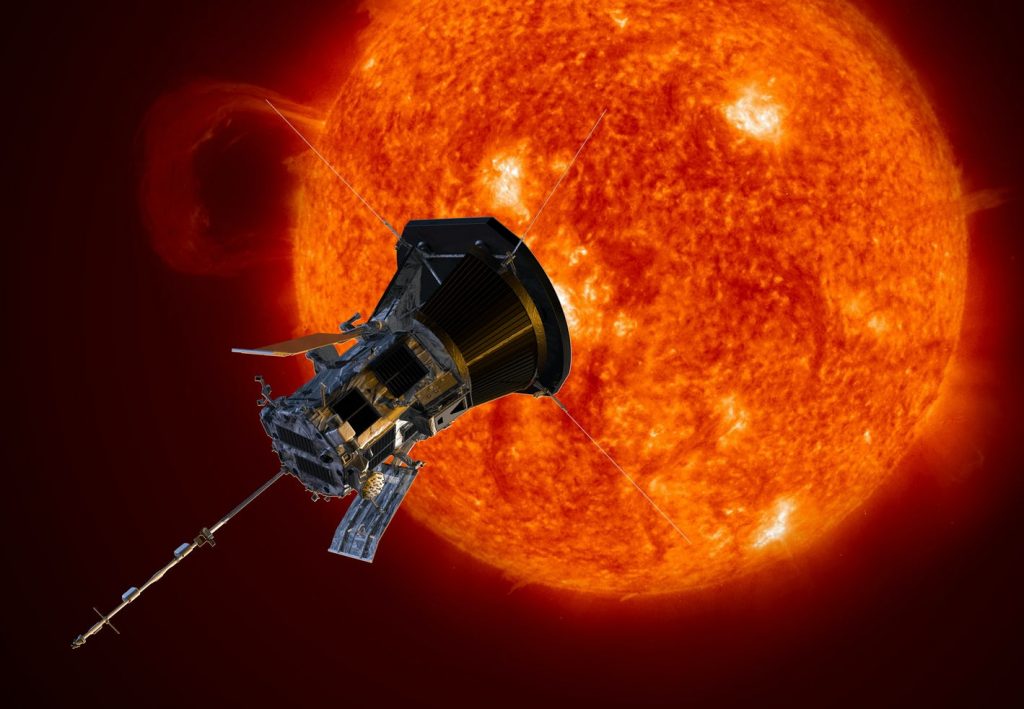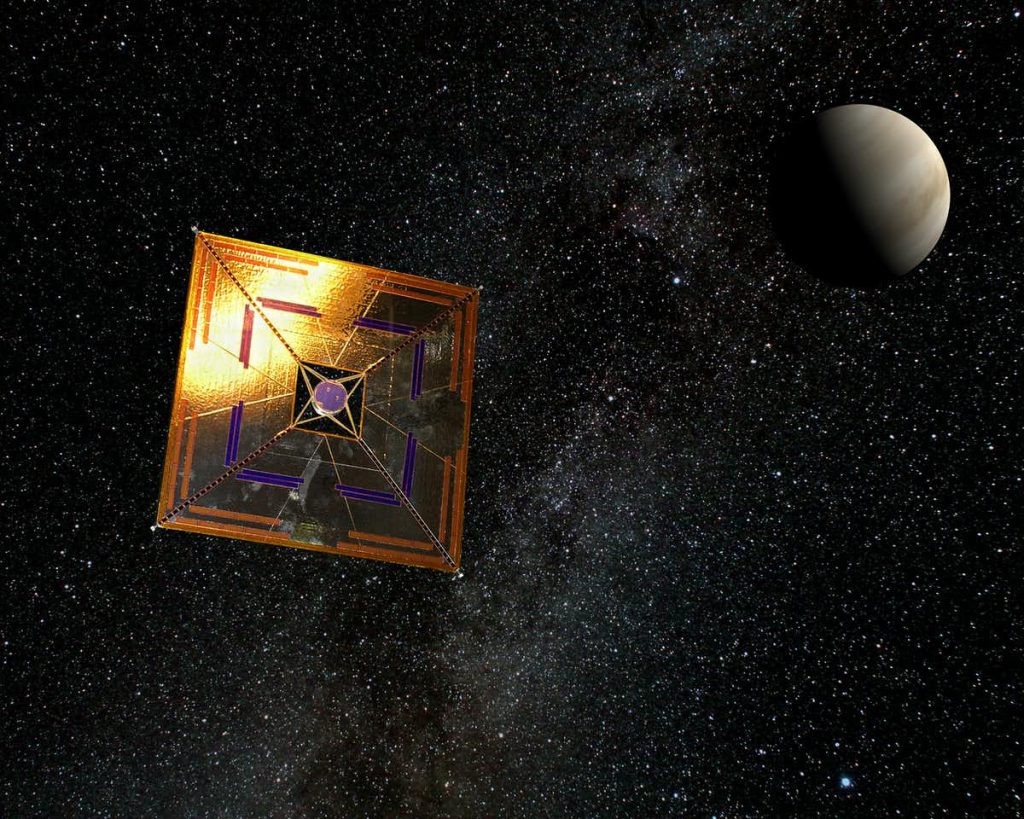LIGHT IS FAST. In fact, it is the fastest thing that exists, and it is a universal law that nothing can move faster than light. Light travels at 186,000 miles per second (300,000 kilometers per second), and it takes just over a second to travel from Earth to the Moon. Light can travel from Los Angeles to New York in less than the blink of an eye.
While 1% of anything may not seem like much, with light, that’s still quite fast — nearly 7 million miles per hour! It would take slightly more than a second to travel from Los Angeles to New York at 1% the speed of light. This is more than 10,000 times faster than a commercial jet.
WHAT IS THE FASTEST MAN-MADE OBJECT?
Bullets can travel at speeds of up to 2,600 miles per hour (mph), which is more than three times the speed of sound. NASA’s X3 jet plane, with a top speed of 7,000 mph, is the fastest aircraft. That’s impressive, but it’s still only 0.001% the speed of light.
Spacecraft are the fastest human-made objects. They use rockets to break free from Earth’s gravity, which requires a speed of 25,000 miles per hour. NASA’s Parker Solar Probe is the fastest spacecraft. After launching from Earth in 2018, it skimmed the Sun’s scorching atmosphere and used the Sun’s gravity to reach 330,000 mph. That’s incredible speed, but it’s only 0.05 percent of the speed of light.

WHY EVEN 1 PERCENT OF LIGHT SPEED IS HARD?
What is preventing humanity from reaching 1% of the speed of light? In a word, energy. Any object that’s moving has energy due to its motion. Physicists call this kinetic energy. To go faster, you must increase your kinetic energy. The problem is that increasing speed requires a lot of kinetic energy. It takes four times the energy to make something go twice as fast. To make something go three times as fast, you need nine times the energy, and so on.
For example, it would cost 200 trillion Joules (a measurement of energy) to accelerate a 110-pound teenager to 1% of the speed of light. That’s about the same amount of energy as 2 million people in the United States use in a day.

HOW FAST CAN WE GO?
It is possible to accelerate something to 1% the speed of light, but it would require an enormous amount of energy. Is it possible for humans to make something go even faster?
Yes! But engineers need to figure out new ways to make things move in space. All rockets, including the sleek new rockets used by SpaceX and Blue Origins, burn rocket fuel, which is very similar to gasoline in a car. The problem is that burning fuel is very inefficient.
Other methods of propelling a spacecraft include the use of electric or magnetic forces. Nuclear fusion, the process that powers the Sun, is also far more efficient than chemical fuel.
Scientists are working on many other ways to travel fast – even warp drives, the faster-than-light travel popularized by Star Trek.
One promising way to get something moving very fast is to use a solar sail. These are large, thin sheets of plastic attached to a spacecraft and designed to be pushed on by sunlight, similar to the wind in a normal sail. A few spacecraft have used solar sails to demonstrate their effectiveness, and scientists believe that a solar sail could propel a spacecraft to 10% the speed of light.
One day, when humanity is no longer limited to a fraction of the speed of light, we may be able to travel to the stars.
READ MORE: Animation: Visualizing the Speed of Light (Fast, but Slow)







Please send me more information as it comes in..
this is excellent news, maybe we will soon be able to fly through space at the speed of light, it’s a shame that i won’t experience that again …